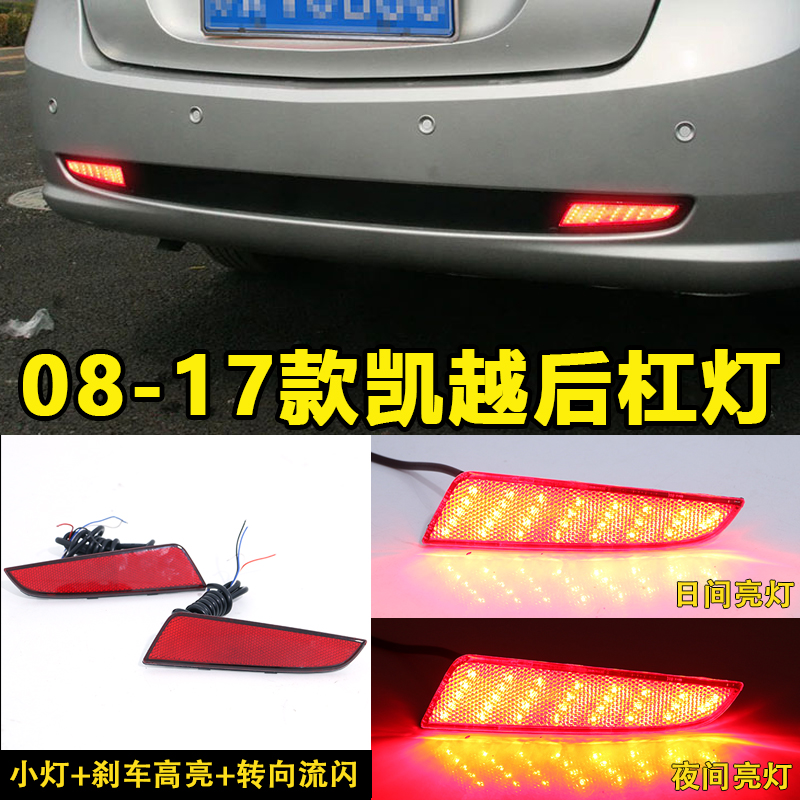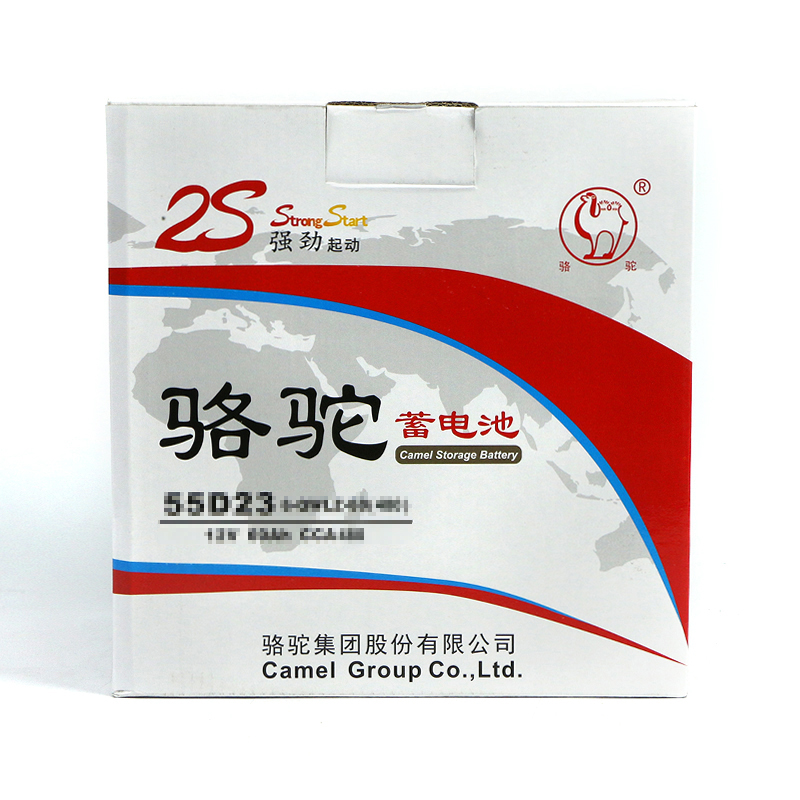NASA found a super
A NASA telescope orbiting our planet has spotted an intriguing super-Earth — a world some 30 to 70 percent bigger than Earth.
This rocky planet is in another solar system 137 light-years away, which in the vastness of space is considered relatively close (a light-year is nearly 6 trillionmiles). The exoplanet, called TOI-715 b, is about 1.5 times the size of Earth. And, crucially, this world orbits inside the habitable, or "Goldilocks," zone.
"That’s the distance from the star that could give the planet the right temperature for liquid water to form on its surface," NASA explained on its website. "Several other factors would have to line up, of course, for surface water to be present, especially having a suitable atmosphere."
SEE ALSO:NASA rover finds damaged helicopter in the middle of Mars desertTOI-715 b orbits quite close to its star (each orbit lasts just 19 days) — but scientists don't think its a hellish, scorching world, like some other exoplanets. That's because its star is a "red dwarf," which is both cooler and smaller than our medium-sized star, the sun.
Researchers published the planet's detection in the Monthly Notices of the Royal Astronomical Society. From many light-years away, we can only see this distant world as a dark dot when it periodically passes in front of its red dwarf star, but NASA has created a conception of what TOI-715 b might look like below:
 An artist's conception of the super-Earth TOI-715 b.Credit: NASA / JPL-Caltech
An artist's conception of the super-Earth TOI-715 b.Credit: NASA / JPL-CaltechTweet may have been deleted
The space observatory that found TOI-715 b, NASA's Transiting Exoplanet Survey Satellite (TESS), is designed to look for exoplanets transiting in front of their stars. This reveals their existence, and other planetary characteristics.
Rocky worlds around cooler red dwarfs are ideal places to look for environments that could potentially host conditions suitable for life, because they tend to have shorter years (such as 19 days), and these quick orbits provide better odds for a telescope like TESS to detect their transits.
"At the moment, they’re the best bet for finding habitable planets," NASA explained.
Related Stories
- NASA craft snaps extraordinarily close images of volcano-covered world
- Before its demise, NASA's Mars helicopter captured a glorious aerial view
- The best telescopes for gazing at stars and solar eclipses in 2024
- Japan’s moon landing picture might be the space photo of the decade
- If a scary asteroid will actually strike Earth, here's how you'll know
"At the moment, they’re the best bet for finding habitable planets."
Astronomers plan to further investigate TOI-715 b with the powerful James Webb Space Telescope, an observatory located about 1 million miles from Earth. Webb has the capability to peer inside the atmospheres of distant exoplanets, and better reveal what these worlds might be like.
We have much to learn about super-Earths like TOI-715 b.
"They are indeed very exciting planets," Renyu Hu, an exoplanet researcher at NASA's Jet Propulsion Laboratory, told Mashable in 2022.
Featured Video For You
NASA spacecraft snaps image of ancient, winding rivers on Mars





